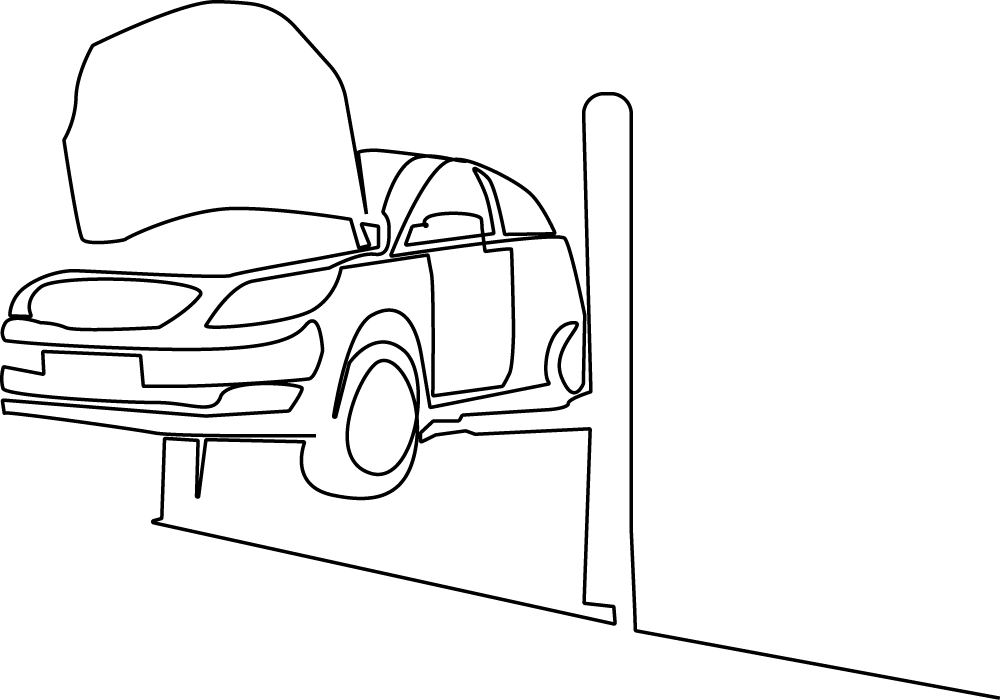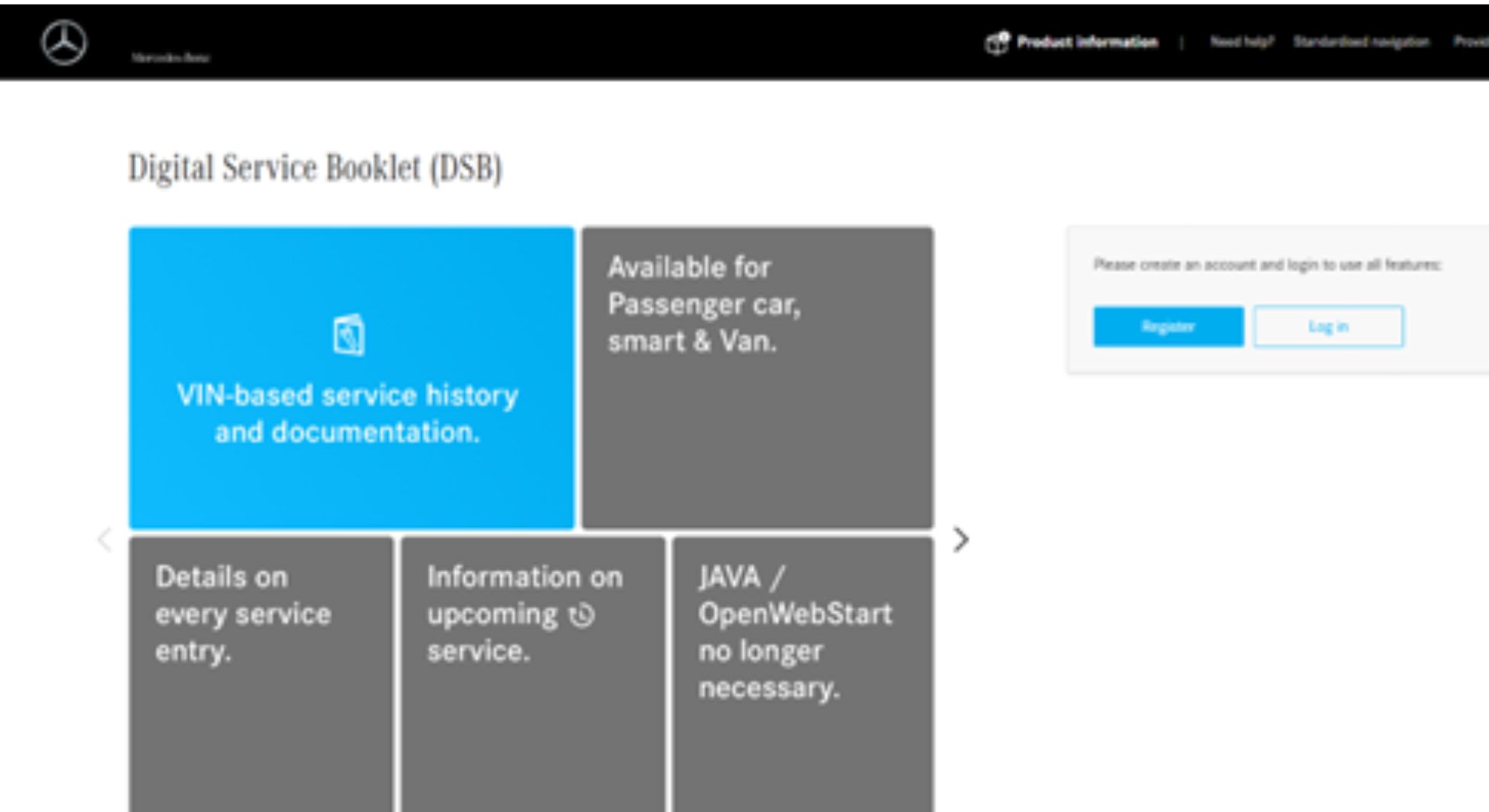Whether you’re planning to sell your car, buy a second-hand motor, or want to stay on top of your regular maintenance, service history counts for a lot.
webuyanycar can buy your car without a service history, but this will limit its resale value – and many other buyers will be deterred altogether.
It’s helpful to know about the types of records that comprise service history, service history classifications - and how they can affect resale value and saleability.
In this guide, we’ll tell you everything you need to know, including how service history affects value and how to check a car’s service history.
Quick links:
-
Quick links:
What is service history?|
- Full, partial and none
|
- Does it affect value?
|
- Main dealer service history
|
- It it worth buying a car with part service history?
|
- Is it worth the cost?
|
- Should I sell without?
|
- How do I check?
|
- Key considerations
|
- Selling to webuyanycar
|
- Frequently asked questions
|
Get a free valuation
What is car service history and why is it important?
'Service history’ refers to the paper or digital records of all the servicing, repairs, and maintenance carried out throughout a car’s lifespan. A typical service history may comprise the following records:
- A service book with dates, recorded mileages, summaries of the work carried out at each service interval, and mechanics’ stamps to show authenticity.
- Receipts and invoices from garages for repair and maintenance work.
- DVLA and garage inspection reports.
- Modification records (if applicable).

What is ‘full’, ‘partial’, and ‘no service history’?
In the automotive industry, there are three classifications for service history:
- Full service history (FSH): All records are available and the manufacturer’s servicing schedule has been followed (at their approved garages, if required) with no intervals missed.
- Partial service history (PSH): One or more records are missing, but evidence of at least one service has been documented.
- No service history: All service and maintenance records are missing.
Why service history matters
- The completeness of your car’s service history can not only affect resale value, but also the level of buyer interest when selling your car – and the speed of the sale.
- A complete history helps to reassure buyers that the car is in good working order and consistent mileage records allay fears of odometer tampering.
- For used car buyers, a full service history is preferable.
- However, a partial service history isn’t necessarily cause for alarm. It isn’t unusual for a couple of records to get lost or misplaced, especially with older cars.
- When there is no service history, it’s unclear how well the car has been looked after, and the perceived risk of mechanical faults is greater.
How much will my car’s service history affect its value?
A full service history can increase your car’s resale value by up to 20%. This provides reassurance for many buyers, as the service records indicate the car has been well looked after.
A partial service history should net you more than a car without a service history, as it shows you’ve taken some steps to preserve your car’s condition.
No service history can reduce your car’s value by at least 15% - and up to 40% in some cases.
This excludes the effect of other value factors such as depreciation.
| Factor | ✅FSH | ⭕PSH | ❌No service history |
|---|---|---|---|
| Number of prospective buyers | Maximises the pool of potential buyers. A Kwik Fit survey found almost half of car owners wouldn’t buy a used car without a full history! | Reduces the pool of buyers due to limited information about the car’s mechanical condition. | An ambiguous history will significantly reduce the pool of potential buyers. |
| Resale value | Provides evidence of the car’s value and mechanical condition. | Reduced resale value compared to cars with a FSH. | Expect a large reduction in value compared to an identical car with a FSH. |
| Risk perception | Reduces the perception of risk for potential buyers. | May increase buyers’ perception of risk, although a PSH is more acceptable for older models. | High risk. Your car may take longer to sell without a service history if you’re selling privately. |
| Negotiation with buyers | In some cases, a FSH could reveal repairs or mechanical issues that will deter some buyers - or make them reduce their offer. | Buyers that are keen on your car may use the PSH to leverage a discount. | Your car may attract buyers looking for a bargain. You’re likely to get lower offers and buyers that are eager to negotiate. |
What is main dealer service history?
When a car has a main dealer service history, this means that all its services, repairs, and maintenance were carried out at dealerships and garages affiliated with the manufacturer.
Having a main dealer service history may increase your car’s resale value, as it demonstrates a commitment to keeping your motor in good condition.
You may attract a larger pool of buyers, and higher offers, as your car will stand in a used market saturated with cars with incomplete and absent service histories.
Should I buy a car with no service history?
If you’re thinking about buying a car with no service history, proceed with care, as with an unknown history, the risk of hidden mechanical issues is greater.
To help put your mind at ease, you can ask the seller why the records are missing - and ask an impartial mechanic to check for faults and damage.
If you’re otherwise happy with the car, you can use the missing history to leverage a discount. Ultimately, it’s important to weigh the cost of any potential faults and repairs against the price of the car.
Should I buy a car with part service history?
Whilst not as favourable as a full service history, a partial service history demonstrates that some effort has been made towards the car’s maintenance.
It’s also possible that a car with a PSH has been serviced correctly, but some of the paperwork has been misplaced. Some car owners are keen to make a quick sale and don’t have the time to replace the missing paperwork.
So, is it worth buying a car with an incomplete service history?
If you like the car and the price is right, the answer may be yes. If you can turn detective and find the missing service history yourself, you could sell it on for a profit in the future!
Is it worth the extra cost for a car with a full service history?
Many used car buyers believe it’s worth paying a little more for a car with a full service history, as regular servicing at the recommended intervals provides reassurance about its condition.
Of course, a used car with a partial or missing service history could still be reliable for years to come - but with less certainty.

Should I sell my car without a service history?
Whether you should sell without a service history depends on your needs and priorities. If you want to get the best price for your car, we advise against this.
With these records missing, you’ll get less for your car – and if you sell privately, the process may take longer due to reduced consumer appeal. Investing a little time and effort into replacing the missing service documents could net you significantly more cash. We’ll guide you through this process in the next section.
Want to sell quickly without spending time recovering your service history? Selling to a car buying service such as webuyanycar or a dealership should provide a faster sale than listing your motor on the private market.
How to check a car’s service history (step-by-step)
-
If a car is advertised as having a full or partial service history, ask the seller to show you the service book or the digital service records.
-
This should provide you with details of each service carried out, including the names of the dealerships and garages. Take note of this information.
-
For extra reassurance, you can research these facilities online and contact them to confirm that the claimed services took place.
Please note: When retrieving service records about a car as an interested buyer, you’ll usually need the current owner’s permission.
Checking a car’s history when the service book is missing
Whether you’re checking the service history for your own car or another used motor, here are some of the methods at your disposal:
-
Many modern cars have digital service records. These records are usually stored in the manufacturer’s own online database. In most cases, they’re only accessible to dealerships and garages, but you can request a printed copy of the available records.
-
If you know any of the garages and dealerships where the car has been serviced, you can contact them directly and ask them to confirm or send you a replacement invoice.
-
If you’re recovering your own car’s service history, check your email inbox by searching for the garage’s name, or terms such as ‘service invoice’ if you aren’t sure where your motor has been serviced.

The Mercedes-Benz Digital Service Booklet (DSB) portal.
Key service history considerations
For car owners looking to keep up with maintenance:
- When is my car’s next service interval?
- Will the next service be a full or interim service?
- Do I need to service my car at a manufacturer-approved garage to keep my warranty?
- Does my car urgently need a service before its next interval?
For car sellers:
- Would my car benefit from a service before I sell it?
- Is my car’s service history complete? If not, is it worth retrieving?
- Will my car require any costly repairs (e.g. a belt change) soon?
- Have I prepared my car for resale?
For used car buyers:
- Does the car have an FSH?
- Is the claimed service history genuine?
- Is the car still under warranty?
- When is the next service due – and how much will it cost?
- Should I get an online car check? Tools offered by Experian, HPI, RAC, or the AA provide reports with crucial information, such as whether a car has outstanding finance, has been reported stolen, or has been declared an insurance write-off.
Selling to webuyanycar is easy, whatever your service history status!
We can buy any car, regardless of its service history – and the average timeframe from quote to sale is less than an hour! Here’s how it works:
-
Enter your car’s reg number and mileage into our free car valuation tool.
-
Book your appointment at any of our 500+ UK branches.
-
Drive to your appointment. If you’re happy to sell, we’ll send the money to your bank.
Want to sell your car quickly without replacing your service records? webuyanycar offers a guaranteed sale, so you won’t have to meet punters or dealers who aren’t serious buyers.
Frequently Asked Questions
A service is an optional inspection carried out in line with the manufacturer’s recommendations, while an MOT is a compulsory annual inspection for cars over three years old to ensure roadworthiness.
A service is more thorough than an MOT, as it aims to ensure your car is running optimally as opposed to simply meeting the minimum road safety standards.
You should be able to find out whether a purported service history is genuine by contacting the repair garages and/or dealerships listed. Their records should confirm whether the claimed services took place as described.
If the car is less than three years old, its service records should be held on the manufacturer’s database, so you can contact them to request a copy.
If your car has not yet reached its first age or mileage-related service interval, its first service is not yet due.


